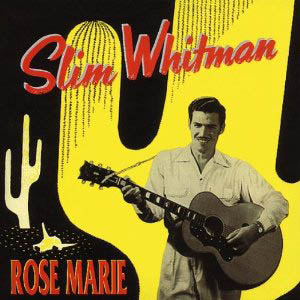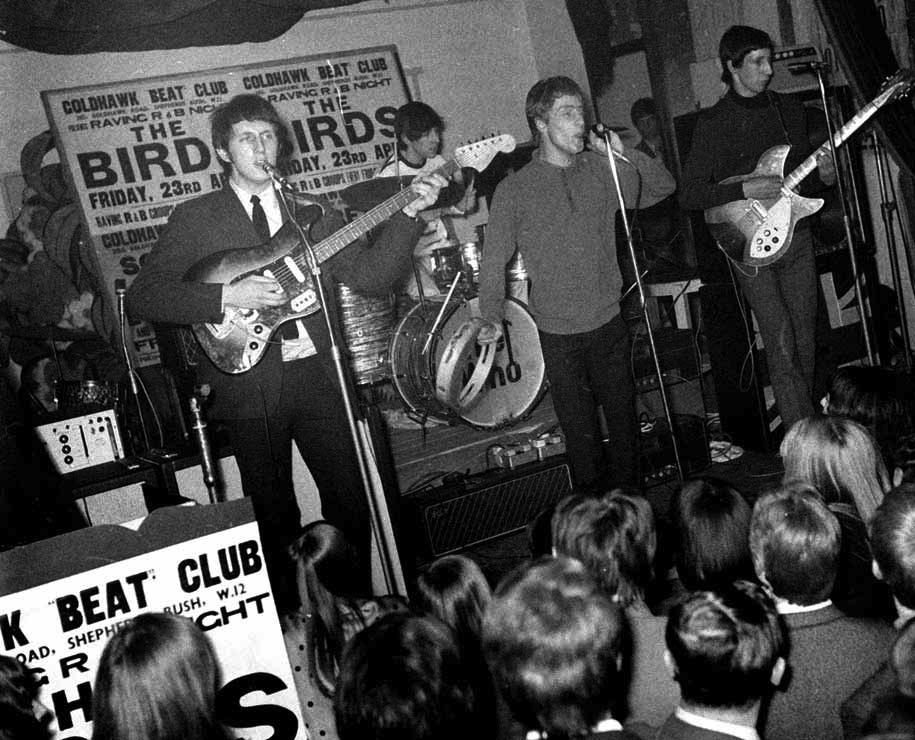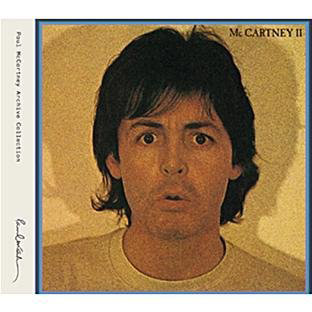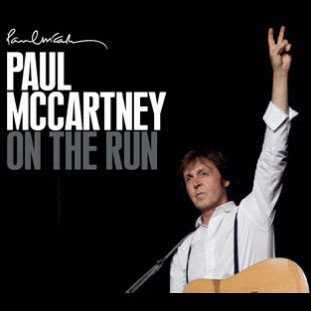Paul McCartney: Ten Little-Known Facts about the Former Beatle
Russell Hall
04.10.2015
Few lives have been as thoroughly documented as the life of Paul McCartney. Scores of biographies have been written, many filled with the minutest details about the former Beatle. Still, we managed to uncover a handful of less-well-known tidbits about Sir Paul’s remarkable life.
He didn’t know playing guitar left-handed was an option until he saw … Slim Whitman.
McCartney’s father bought his talented son a trumpet for his 14th birthday, but the young lad soon exchanged it for a cheap acoustic guitar. The future Beatle struggled mightily with the instrument until he happened upon a concert poster featuring Slim Whitman, the country yodeler who played guitar lefty-style. McCartney flipped his guitar, modified the string setup, and soon wrote his first song, a little ditty titled “I Lost My Little Girl.”

Long before the edict came down from manager Brian Epstein, McCartney himself insisted that the band be nattily attired.
In the very first show he performed with The Quarrymen, McCartney insisted the band wear matching shirts and string ties. Plus, to set Lennon and himself apart from the others, he came up with the idea that the two frontmen should wear matching cream-colored blazers. All of 15 at the time, McCartney muffed his first turn in the spotlight when he botched his featured guitar solo on the Arthur Smith tune, “Guitar Boogie.” His voice also cracked during his vocal turns, much to the playful delight of Lennon.
“Yesterday” is the most recorded pop song in history. But nipping at its heels is a song by … Tony Orlando and Dawn.
According to Guinness World Records, more than 2,200 cover versions of “Yesterday” have been recorded thus far. The popular standard, “Stardust,” ranks second, with more than 1,500 recorded versions. Incredibly, however, the 1973 Tony Orlando and Dawn hit, “Tie a Yellow Ribbon Round the Ole Oak Tree,” rates nearly as high, with well over 1,000 recorded versions out there, somewhere.

It was he who rescued The Beatles’ legendary summit with Elvis Presley.
In 1965, while in Los Angeles, The Beatles went to Elvis’s house in Bel Air to meet The King for the first time. According to McCartney biographer Peter Ames, Lennon got under Presley’s skin with talk of the Vietnam War and by flirting with Elvis’s wife, Priscilla. McCartney saved the day with a simple suggestion: “Can we play some music?” An impromptu jam ensued (with Elvis on bass) wherein the group played a clutch of Presley hits.

One of the first bands he wanted to sign to Apple Records was … Chicago.
During a trip to Los Angeles in the spring of 1968, when McCartney was trying to get the newly launched Apple Corps off the ground, he went to the Whisky a Go Go to take in a B.B. King show. An upstart group called Chicago Transit Authority happened to be on the bill. Impressed, McCartney tried to recruit them as an Apple artist, but alas, the group were already in talks with Columbia Records.

His favorite band at the dawn of 1965 was … The Who.
Released in January 1965, The Who’s “I Can’t Explain” impressed McCartney to the point that he proclaimed The Who his favorite band. Coming at a time when groups like Herman’s Hermits and Wayne Fontana and the Mindbenders were dominating the charts, McCartney’s proclamation was prescient, to say the least. Throughout that same year, The Who assailed the British singles charts with soon-to-be classics like “Anyway Anyhow Anywhere” and “My Generation.”

Before they took flight as Wings, McCartney’s post-Beatles band nearly became … a paint thinner.
In August 1971, as he was trying to get his post-Beatles band off the ground, McCartney was having a tough time coming up with a name for the nascent group. Among the top name-candidates floated were The Dazzlers and, for reasons unknown, Turpentine. Alas, while praying for his wife, Linda, as she was giving birth to their daughter, the image of “wings” sprang to mind.

He began reversing The Beatles’ “Lennon-McCartney” songwriting designation as early as 1976.
Although The Beatles first album, Please Please Me, featured songs credited to “McCartney-Lennon,” McCartney famously acceded to pressure to henceforth adopt the designation, “Lennon-McCartney.” But when Wings released their live triple-album, Wings Over America, in 1976, McCartney opted to designate the five featured Beatles songs as “McCartney-Lennon” compositions. He continued the practice on other post-Beatles albums.

He’s an honorary NYPD detective.
McCartney was awarded this designation when he returned the New York’s Madison Square Garden in April 2002, where he had previously performed an emotional tribute to the victims of the World Trade Center attacks. Officers conferred the honor to him backstage before the show. “Whoever is smoking that stuff I can smell, I am going to bust you,” he joked to the audience, after delivering the news from the stage.

His 1980 hit, “Coming Up,” was a primary factor in John Lennon’s decision to get back into music.
This charming tune, from McCartney’s homespun 1980 album, McCartney II, was first heard by Lennon as he was traveling with his assistant, Fred Seaman. The next morning, Lennon confessed to Seaman that he couldn’t get the song’s distinctive riff out of his head. Seaman later said the track stirred the muse in Lennon. “If Paul was writing decent music,” Seaman wrote, in his memoir, “John felt compelled to take up the challenge.”


No hay comentarios:
Publicar un comentario